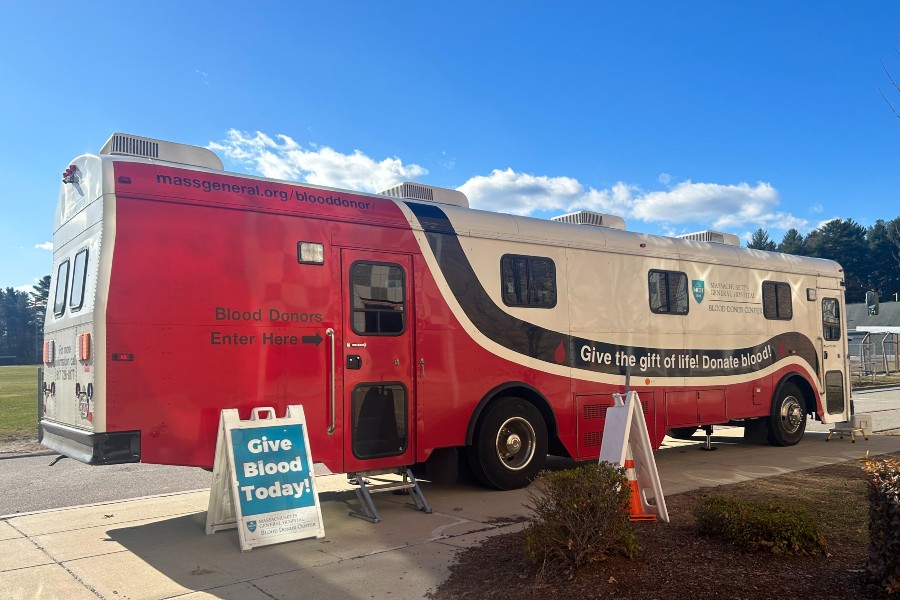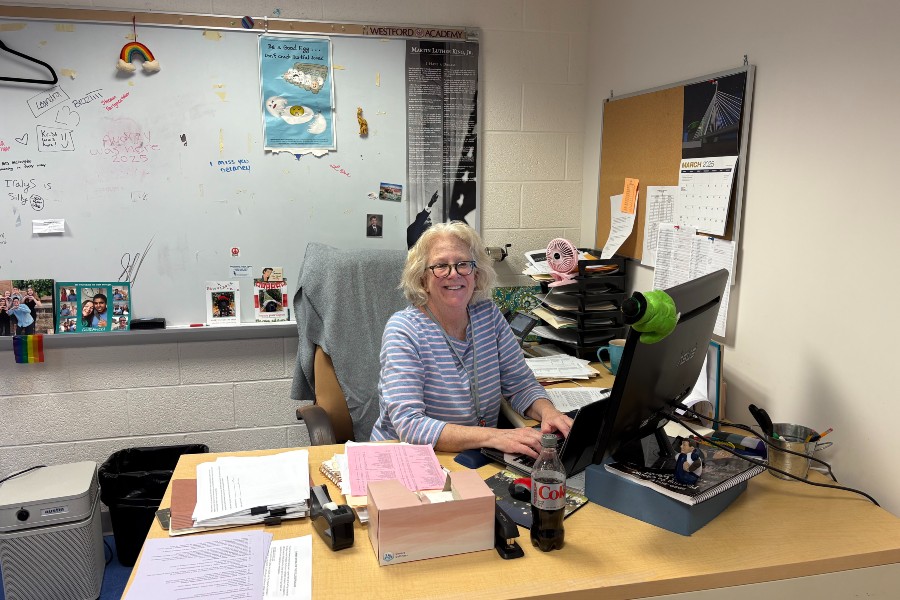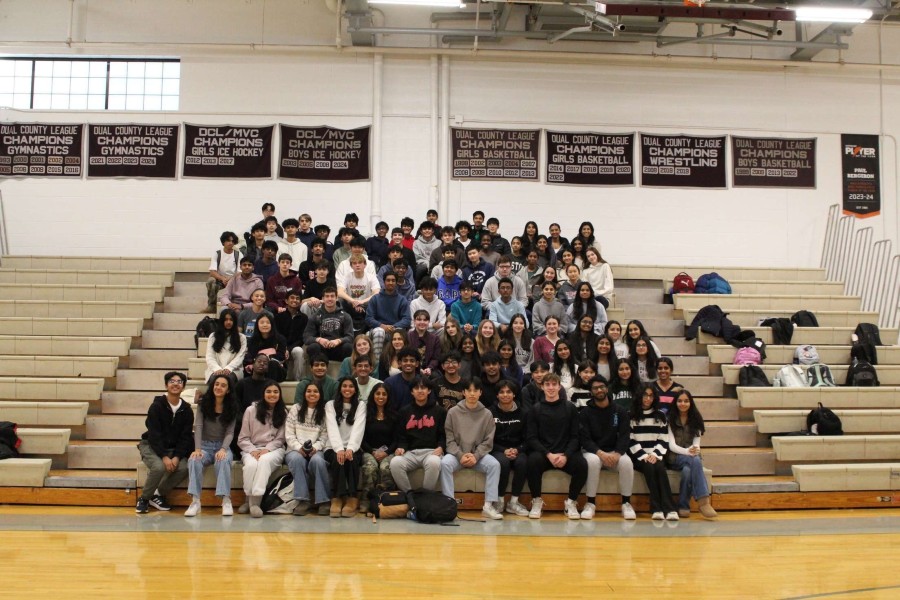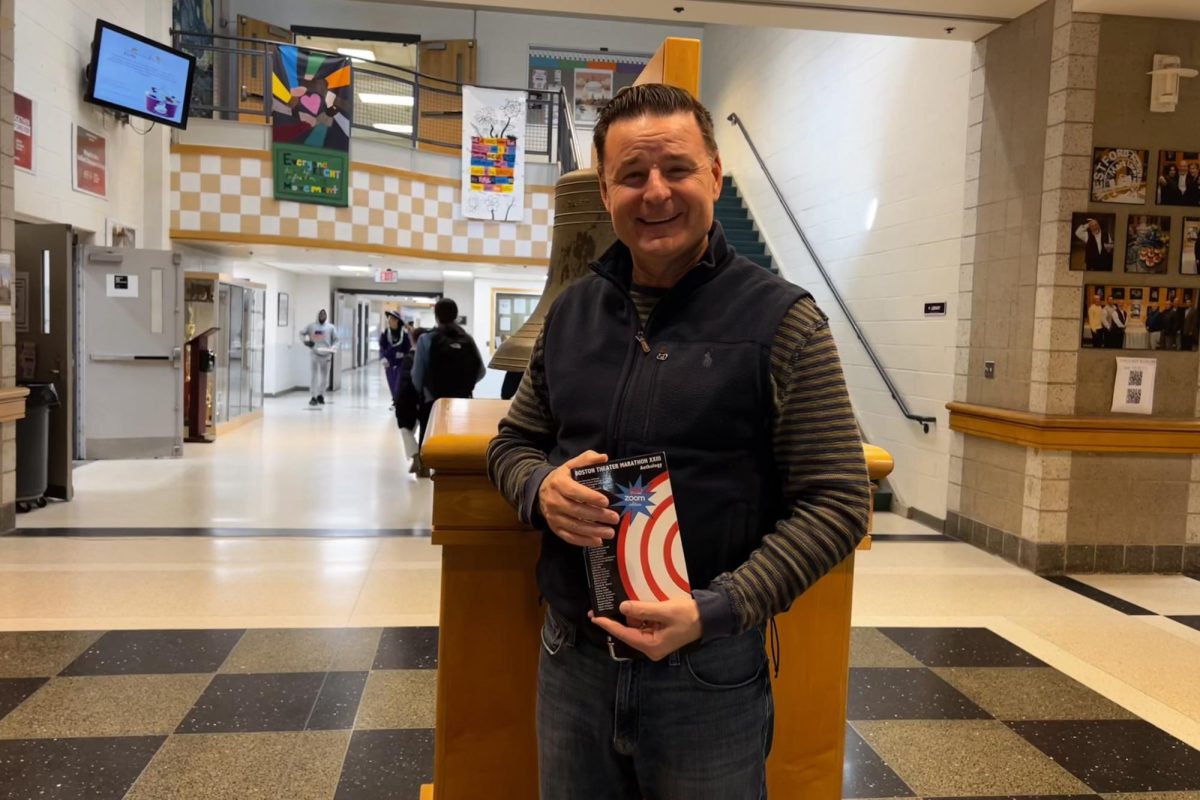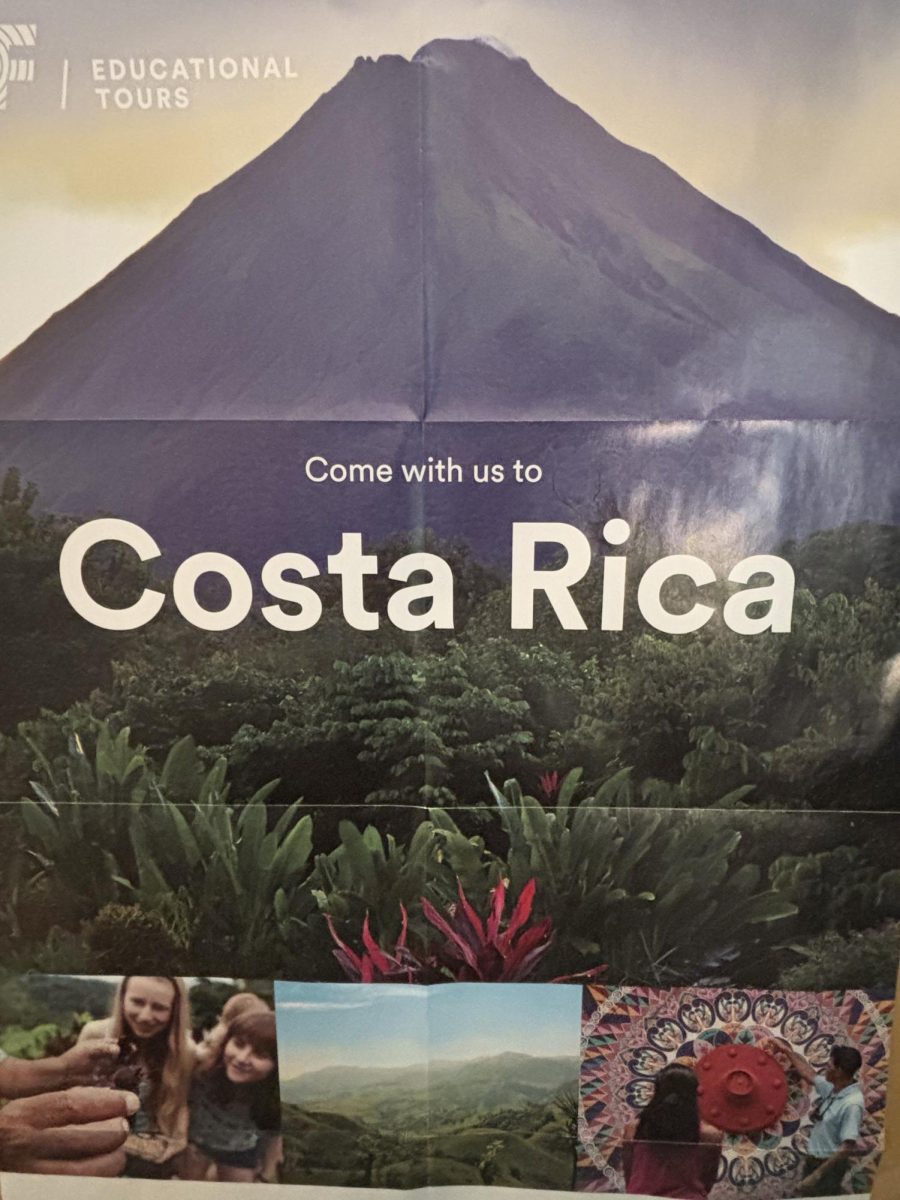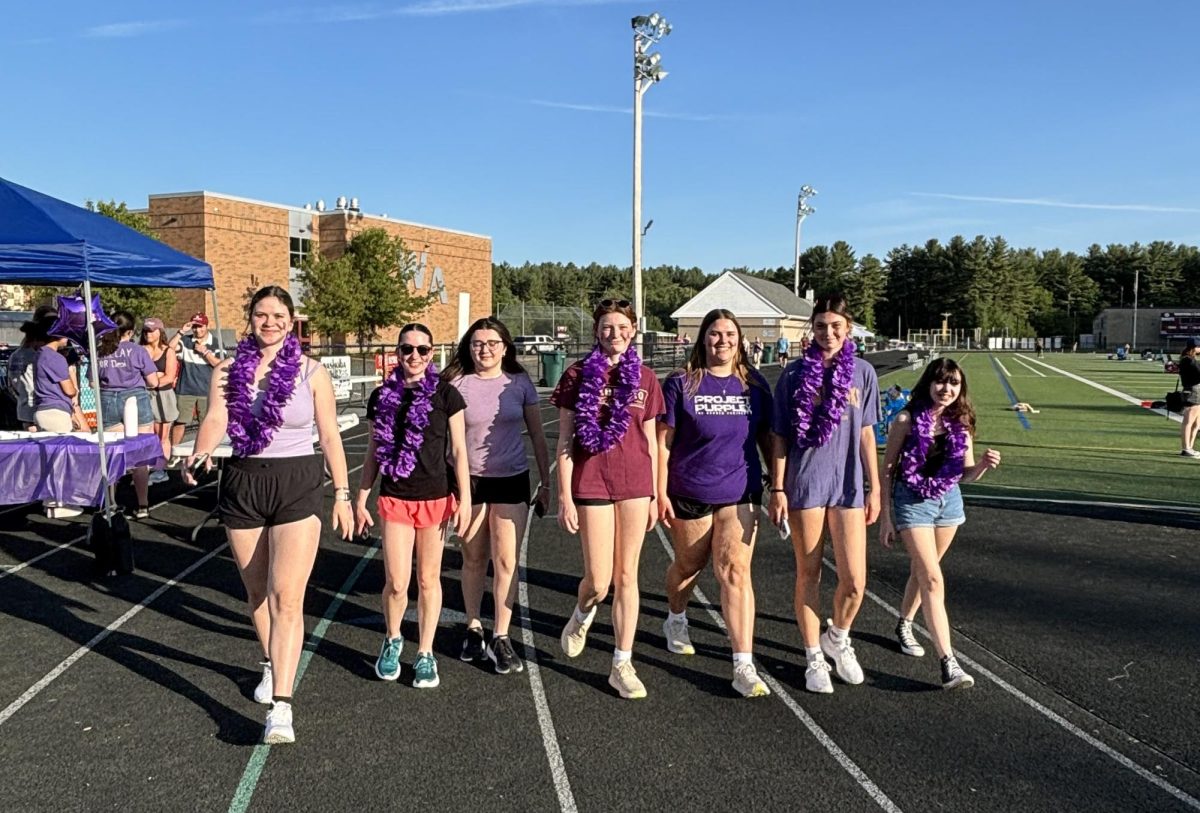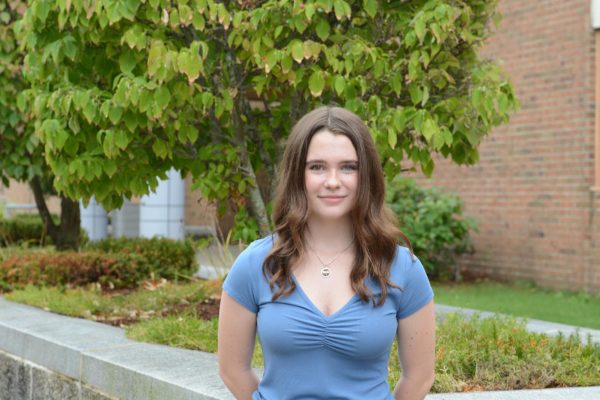In just fifteen minutes, members of WA have a variety of things they can do and see. From stopping by the snack shack, to visiting the library, to enjoying the peaceful atmosphere of the PAC, possibilities are seemingly bountiful. But in that same time, handfuls of Westfordians saved three lives each. This was no miracle, it was the Bloodmobile.
On Tuesday, November 28 from 8:00 a.m-1:30 p.m, WA’s Health Occupations Students of America (HOSA) partnered with Massachusetts General Hospital (MGH) Blood Donor Center to host the first of their two annual blood drives, with the second planned for this March. This year, a combination of 65 Westford parents, staff, and students above 16 years old signed up to donate.
The HOSA club at WA is derived from a national organization, with the collective goal to promote occupations in healthcare and provide opportunities for students interested in medical professions. While the club mainly focuses on their state and national events with different specializations, the blood drive is another outlet they have maintained for the community.
“The club is just a great way to expose yourself to medicine and see if that’s something you enjoy,” senior blood drive coordinator Tanvi Kodukulla said. “We’re trying to expose our students to that and see if that is the future they want to pursue. Getting more students involved in learning about medicine and knowing the different career paths, because there are so many, not just ‘doctor’.”
This year’s blood drive was organized by a select committee group derived from the club, who worked to advertise and execute the event successfully. Students in the 2023 Blood Drive Committee include Kodukulla, junior Emily Wang, sophomores William Burdin and Nina Pierson, and freshman Nishka Patel.
Kodukulla joined the club her freshman year when meetings were still virtual, later applying her sophomore year to be a part of the blood drive committee, which eventually sparked her interest for HOSA. Holding her position on the committee through junior year, Kodukulla has now inherited the head coordinator position for the event.
“I really learned that I want to know more about healthcare in different areas of the world and just see the disparities in health care,” Kodukulla said. “That’s why I’m doing public health as a major in college next year. So I think HOSA has helped me find my major in college.”
The blood drive, while advertised by a school organization, was aimed and open to the general public of Westford. Members from HOSA like Kodukulla reached out to partner with MGH in order to provide people with the opportunity to safely and efficiently donate blood.
For MGH, blood drives across the state are a daily occurrence, with an aim to maximize the convenience of donating blood. To further pursue this goal, their website features a custom search engine to help interested donors find the closest drive in their area.
After the scheduling of the event, the committee began to spread the word to possible applicants and offered an online QR code and select days at lunch to sign up.
A week prior to the event, the committee grew worried, with only having twenty applicants. However, persistent advertising from Kodukulla brought a wave of attention to the drive. With a majority of sign-ups the weekend before and the day of, HOSA totaled 65 participants.
“We didn’t get that many donors from the video ad, and we were kind of late to get donors from lunches too,” Wang said. “So we were kind of panicking. It was the last weekend to get donors and we just posted it on Facebook, as well as any group chats to get the word out.”
HOSA booked donors in fifteen minute increments, but eventually, the bloodmobile got backed up with appointments. This resulted in times for many participants to be pushed back 10 to 20 minutes.
“A major challenge that we had was we were really behind on time, because they can only take four or five people at a time in the van,” Wang said. “That was a big struggle for us. We were super behind and some people had to wait a really long time to get in. So we’ll work to improve that for the future.”
When their time slot was available, donors were instructed to check in with HOSA at their table in the flag lobby. Club members would then confirm the person ate and was hydrated before sending them outside to the Bloodmobile.
Geometry teacher Ned Greene was one of the handful of faculty members who signed up to donate blood. Greene expressed how he usually has his blood drawn two to three times a year, but this was his first time inside a Bloodmobile.
“Just in general, big picture, there’s no reason not to [get your blood drawn],” Greene said. “Your body regenerates the blood fairly quickly. In fact, after five hours, you shouldn’t feel anything. It really does help people.”
Inside the Bloodmobile, donors would be asked a series of questions to ensure their blood was viable for donation. Doctors in the truck considered things like iron levels, health conditions, as well as a series of other requirements. Afterwards, the donor would have their blood safely and efficiently drawn, before receiving water.
“There were a lot of people who were also deferred so it’s good to have like a pretty good amount of people so that if people get deferred then they have backups, just in case,” Wang said. “A lot of people had low iron, or just something about where they traveled over the summer.”
Once donors had their blood taken, they were offered water alongside the club’s flyers detailing beneficiaries of donating blood and how to ensure a healthy and successful post-procedure.
“I’ve always wanted to do [a blood drive] when I heard about it when I was younger,” sophomore donor Leo Koutsoukos said. “And I signed up for it the day before it happened because it was really easy to sign up.”
This year, donor experiences went notably well, with Wang mentioning overall positive feedback along with the fact that there were no incidents of fainting.
“I think the hardest part is getting people to do it just because a lot of people have a fear of needles. And I think the hardest part is trying to get them to face their fears or just letting them know that [they’ll] be okay,” Kodukulla said. “You just need to be hydrated. You need to remember it’s a great cause and so even if you’re scared I think it’s good to get over that fear at one point.”
Kodukulla, as head coordinator, now waits to receive information from MGH about how specifically Westford’s donations were used. Relaying this information to her committee and club, it becomes a rewarding tradition HOSA has carried to give back in a medical-based way.
“I think it shows that HOSA has really committed to helping the community more than just competing at competitions,” Kodukulla said. “[…] I know [people can be] scared, but you can save up to three lives [with one donation].”
Post blood drive, HOSA members have begun to narrow in on their competitions and specialty events, studying with a variety of textbooks and resources. However, they also look forward to hosting their second school year blood drive on March 19th.
“You hear a lot of stories after the blood drive about who got the blood or people and how you helped them with the blood,” Kodukulla said. “I think it’s rewarding and it’s a really good cause. […] Doing these blood drives with MGH has helped save so many lives.”

